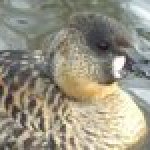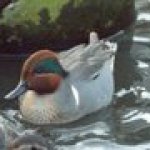Over the years, we kept, bred and raised about 60 species of waterfowl. The decision which ones to keep or not was never related to the fashions that wave through birdkeeping. Some we kept so we could learn from it. Some where given by friends and kept out of politeness. The ones that remain are the ones we really love, plus some that need the help.
For a general vieuw of what is there in waterfowl, I would recommend the website of Beir Vanbrabant: WWW.WATERVOGELENPARK.COM
The site explaines how to see species, subspecies, what is what.
On our site I will try to show some of our favourites and why they fascinate us. It as a way with ducks beside the general collectors chase, we have some followers that orient their collection in the same way, each with his species and favourites, but with the same passion and guidelines.
On what is fashion, what is rare, we can talk for hours. I have a vage hope that someone will ever organize a way to give some birds back to nature, birds we raised (Summer teal would be so easy to solve the problems in-situ).But besides our fun, I feel it is very important that we realize that beside the actions some birds need in-situ, we also have to make sure that the populations ex -situ remain healthy and strong enough to rebuild a population from, if ever they would get beck into fashion. If we loose a species and someone decides to keep them again, import is the only option. If we have a back up, we can ring the alarm bell and start breeding these full speed, in order to satisfy the market.
A species of ducks can be protected by keeping 7 pairs. Keeping means then giving them a space on the ponds, feeding them and perhaps let hem sit on some of their eggs. Related to no demand, there is no need to breed them, the only babies that would come can be of use to repair one of the other pairs in the project. This can be done by one breeder, lot of work and nothing else in his garden? By 2/3 friends, each keeping 2 pairs? Or 7 people, under supervision of our Clubs, with a general agreement that the offspring is in first place to help the 6 others. The promise that one will start breeding intense when the need comes. So simple.

These guys have another opinion of what is rare. Any story to keep these for nature help is a joke. Admit you keep these for your own happyness.
Breeding Laysan teal on private ponds to put than on the island, that is what I would call an achievement to be proud of.
Another role for clubs is to inform their members what mutations and crossbirds can do to a population. Some mutations are realy beautifull, their split birds are a danger. Crossbirds are fun on internet, guess what is in there? and then? back on the pond? finding a partner? We should all realize that in so many ways, the mutation, the cross, any mistake, will be given to their offspring in some form. Nomatter how many pure or good birds you pair them to, the problem will never go away. There is no number you can devide in two to arrive at zero. So what is fun for a moment, fun to few, remains a neverending problem to the population. Once they understand this, I wonder who will take the responsibilmity to spread his fun.
So off to work on some pages now. You're invited to visit us again, we will continue adding species and the nice things we shared with them. But this will only happen when I'm not in the garden, enjoying them. Internet is great, when real life leaves some space.
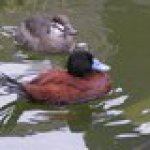
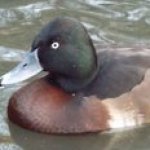
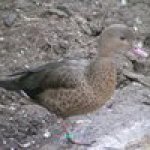
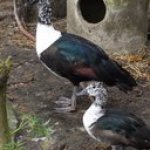
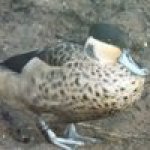
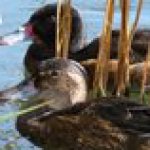
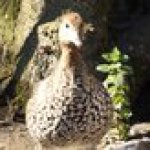


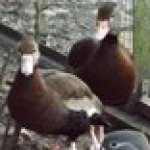
.jpg)
